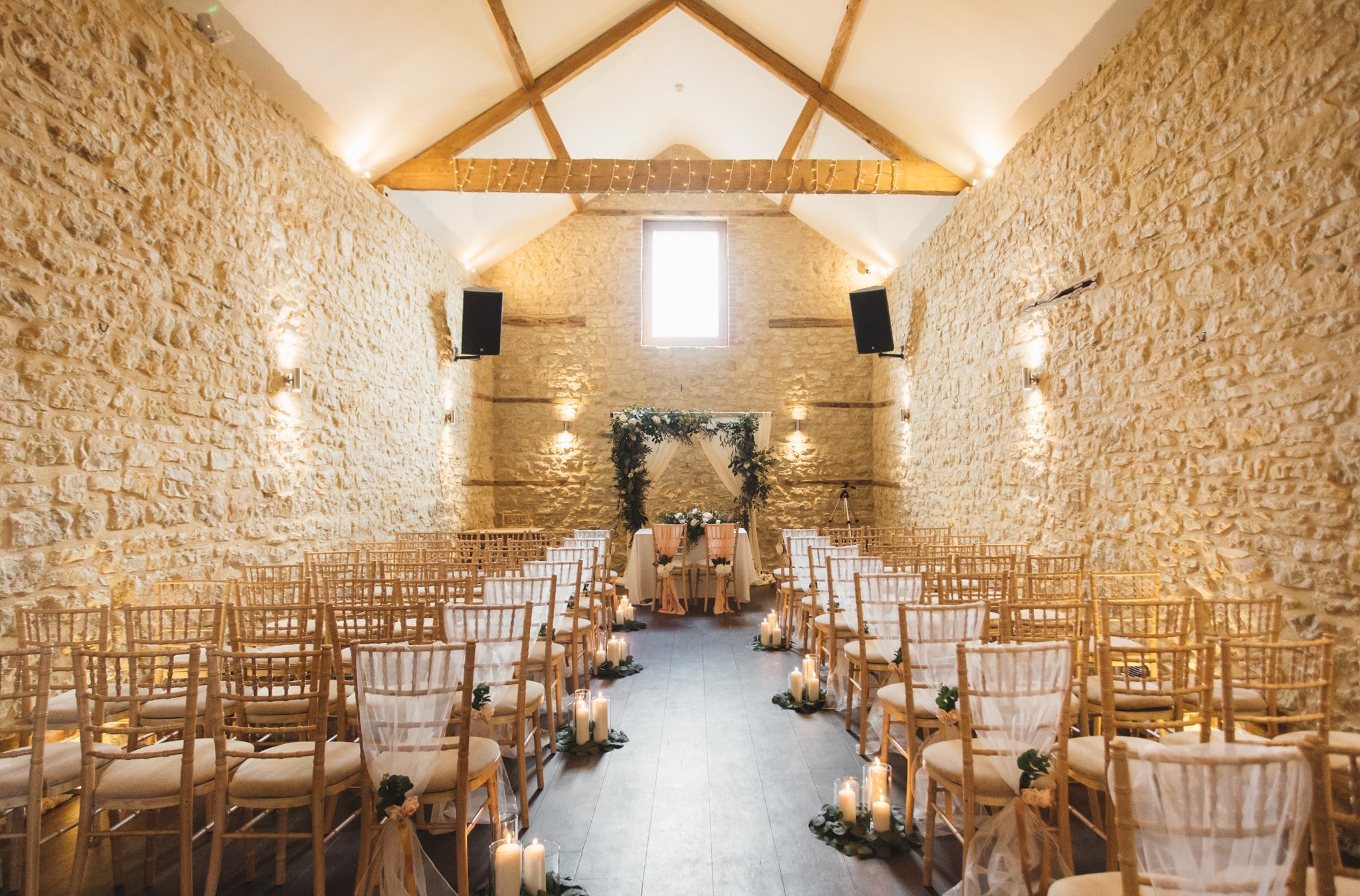
_July 4
At Huntsmill Farm we are known for our trademark 18th-century stone barn.
May 2024 marks six years of weddings inside our barn, and so to celebrate, we have shared five facts about our 18th-century stone barn with you.
At Huntsmill Farm we are known for our trademark 18th-century stone barn.
But did you know we originally started hosting weddings in 2011 using a traditional pole and rope marquee?
After a few busy summers of weddings with the marquee, Henry Hilsdon, director at Huntsmill, came up with the idea to convert the barn in the courtyard next to the cottages into an indoor ceremonial space for couples to say their vows.
The barn had been neglected for some time and was used mainly as a space to hold storage.
May 2024 marks six years of weddings inside our barn, and so to celebrate, we have shared five facts about our 18th-century stone barn with you.
1. The barn was originally two separate barns
If you have had your wedding at Huntsmill or have stopped by for a visit, you’ll recall that our barn has two rooms joined by oak bi-fold doors. The first room is used for our couple’s ceremony and evening entertainment while the other room is where the wedding breakfast takes place.
Before the renovation, there used to be two separate barns, with the separation being where the bifold doors are now.
The two barns were mainly used as storage and a lot of junk could be found there!
200 years ago, the wedding breakfast barn would have typically been used to store the harvest that was collected in sheaves and threshed. The slit windows in the barn used to be offset to keep any rain coming in while still allowing the wind to be drawn in to keep it dry. The ceremony barn would have been used to keep livestock downstairs in the winter and a hayloft upstairs.
2. The conversion took one year to complete
Once we decided that we wanted to run weddings in the barn, our planning permission to convert our stone barn was approved in 6 months. We began the building work in April 2017 and by April 2018 we had a newly converted stone barn wedding venue!
Of course, the conversion did not come without a few challenges along the way.
For example, some of the original materials including the roof timbers were rotten. All of the large window frames were made locally and then transported to Huntsmill by tractor and trailer. Another time-consuming job was fitting the underfloor heating throughout the barn, along with the ventilation that you can find under the floor.
We also wanted to soundproof the ceremony room as we knew we would be using this space in the evenings for discos and live bands. Soundproofing took a lot of extra work including changing the original hayloft window to acoustic glazing to make it extra thick.
While much of the conversion took a long time, it was worth the wait to see our once-neglected stone barn be given a new lease of life!
An extra fun fact for you – the builder who converted the barn got married here at Huntsmill Farm.
3. There’s a lot of history
Our stone barn is over 200 years old, dating back to the 18th century.
The large double doors you can see on either side of the barn would have originally been used for carts to go through and unload into the threshing barn giving easy access to travel through and unload.
You can tell the age of a barn by looking at the beams. The markings on ours show that our stone barn dates to the 18th century. Carpenters used to create marks on beams to distinguish the different parts of a timber frame and how they should be pieced together – think 18th-century flat-pack instructions!
It’s not just the barn that has history, our accommodation does too.
The cottage closest to the barn, The Granary, used to be an actual granary! It was once used as a storehouse designed for the long-term storage of grain; particularly seed grain.
4. Everything had to be damp proofed
We wanted to ensure that the conversion would last us for years to come and part of that included making sure everything was damp-proofed.
To make sure the barn was safe from dampness we used lime mortar pointing inside and outside of the barn – this is where the gaps between the stones are ‘finished’ to prevent dampness.
Initially, it was planned that this would take around 30 days to do but it took a lot longer than planned and took roughly 60 days – and that was with three builders and Henry lending a helping hand when he could!
5. The first event held in the barn wasn’t a wedding
It was Henry and Ruth’s daughter Hazel’s second birthday party!
Shortly after the barn conversion was completed we had a party for Hazel’s second birthday inside the newly renovated stone barn. There was plenty of space for all the kids to run around and a great opportunity to test out the space before our weddings took place!
Would you like to book a viewing at our 18th-century barn?
If you’re searching for your dream barn wedding venue we’d love to give you a tour of the barn and surrounding grounds at Huntsmill. You can book a viewing here or reach out to the team if you have any questions.


